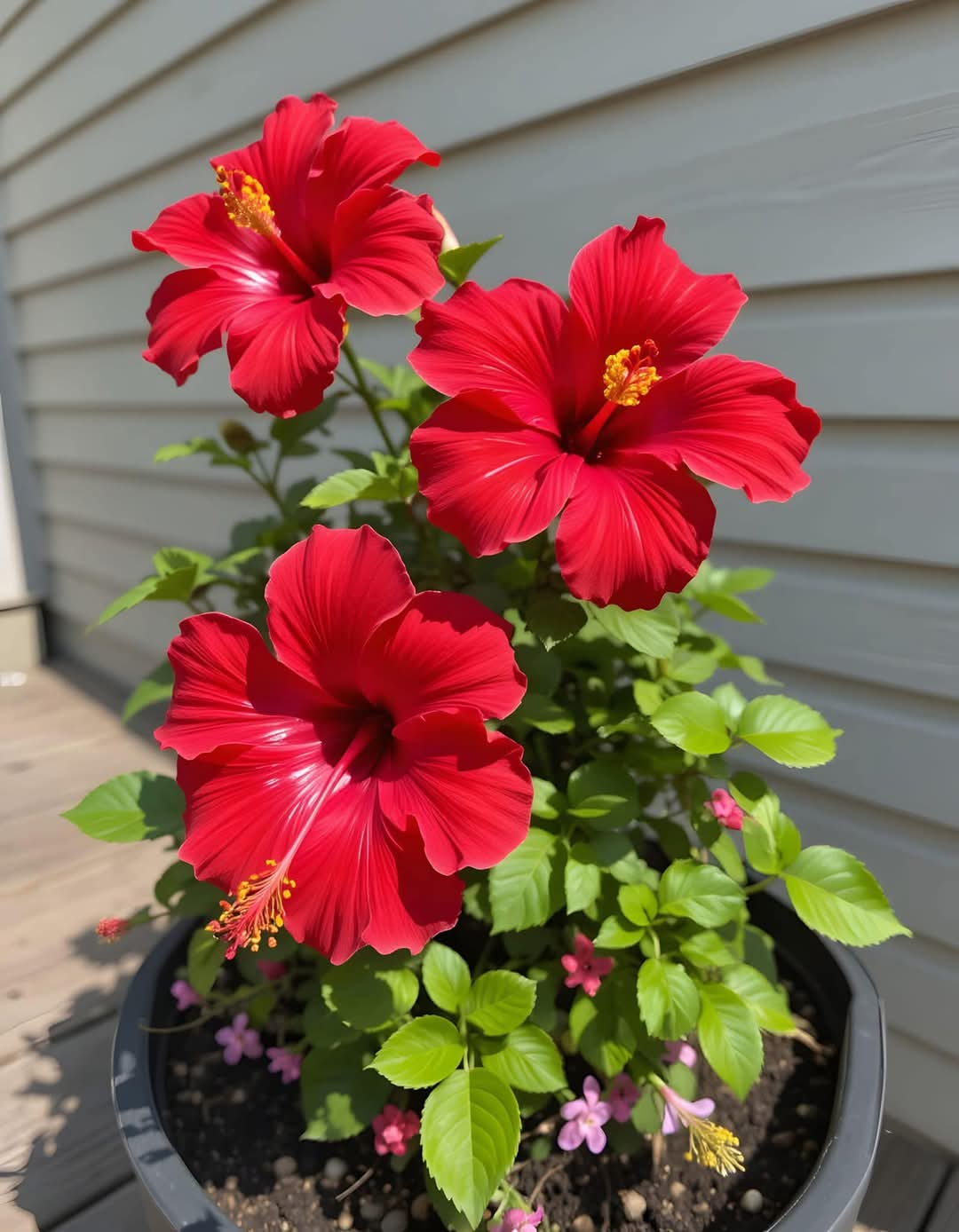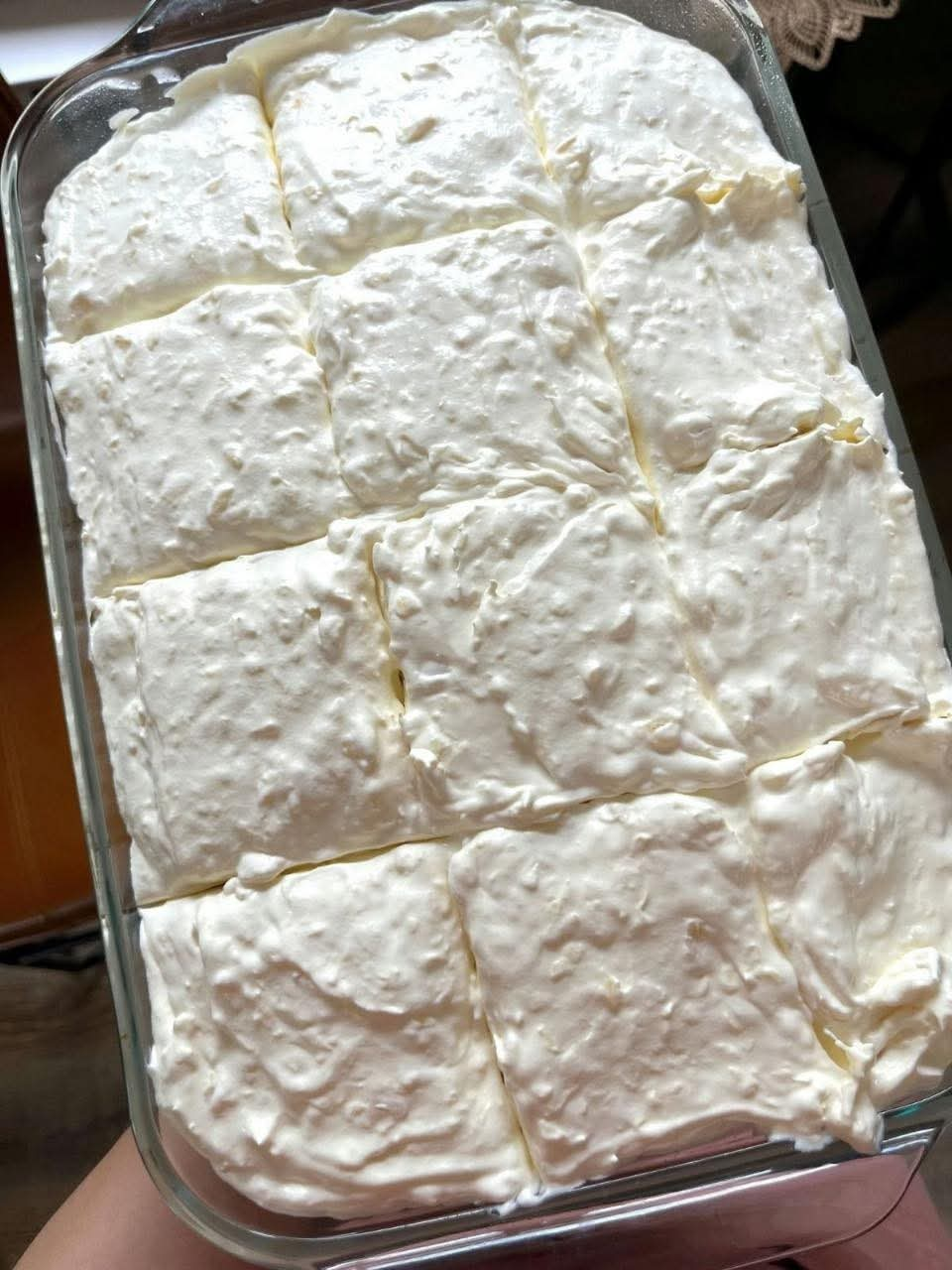If you’re looking to add a vibrant splash of tropical beauty to your garden or home, the Hibiscus rosa-sinensis, also known as the Chinese Hibiscus, is a showstopper. With its large, stunning flowers and lush green foliage, this plant can turn any space into a paradise. Whether you’re a seasoned gardener or a beginner, this guide will help you cultivate a thriving hibiscus that blooms brilliantly!
Let’s break it down step by step so you can grow these gorgeous flowers with confidence.
Why Grow Hibiscus rosa-sinensis?
Eye-Catching Blooms: The flowers are large, trumpet-shaped, and come in a variety of vivid colors like red, pink, yellow, and orange.
Long Blooming Season: They bloom from late spring through fall, providing months of continuous beauty.
Versatility: Can be grown in pots, garden beds, or as a hedge. They even make lovely indoor plants if given enough light!
Pollinator-Friendly: Attracts butterflies, bees, and hummingbirds, adding life and movement to your garden.
Growing Conditions for Hibiscus rosa-sinensis 🌺
To keep your hibiscus happy and healthy, it’s essential to provide the right environment. Let’s dive into the details!
Light Requirements
Full Sun: Hibiscus plants thrive in bright, direct sunlight. Aim for at least 6 hours of sun per day for maximum blooms.
Indoor Growing: If indoors, place near a south-facing window or use grow lights to supplement light.
Temperature & Humidity
Warm Temperatures: Ideal range is 60–90°F (16–32°C). Hibiscus are not frost-tolerant, so bring them inside or protect them during cold snaps.
Humidity: They love humidity! If your home is dry, increase humidity by:
Misting the leaves regularly
Using a pebble tray filled with water
Running a humidifier nearby
Watering Needs
Consistent Moisture: Keep the soil consistently moist but not waterlogged.
Watering Tips:
During Hot Weather: Water daily or every other day, especially in containers.
In Cooler Months: Water less frequently, allowing the top inch of soil to dry out before watering again.
Soil Requirements
Use a well-draining, nutrient-rich potting mix. A blend designed for tropical plants or flowering shrubs works great.
pH Preference: Slightly acidic to neutral (6.0–7.0 pH). Add peat moss or compost to boost acidity if needed.
Fertilizing for Vibrant Blooms
Feeding Schedule: Feed every 2–3 weeks during the growing season (spring and summer).
Best Fertilizers:
Balanced Fertilizer (10-10-10) for overall growth
High-Phosphorus Fertilizer (10-30-10) to boost flowering
Organic Options: Fish emulsion or seaweed extract for a gentle, natural feed
Pruning & Maintenance
Pruning helps your hibiscus grow fuller and produce more flowers. It also keeps the plant manageable, especially if you’re growing it in a pot.
When to Prune: Late winter or early spring, before new growth appears.
How to Prune:
Trim back about ⅓ of the plant to promote bushier growth.
Cut just above a leaf node (where a leaf grows from the stem).
Remove dead, damaged, or diseased branches as needed.
Repotting & Container Care
If growing your hibiscus in a pot, it’ll eventually outgrow its home. Repotting keeps the plant healthy and prevents root-bound issues.
When to Repot: Every 1–2 years, ideally in spring.
Pot Size: Choose a 1–2 inches larger pot than the current one. Make sure it has drainage holes!
Repotting Steps:
Gently remove the hibiscus from its old pot.
Loosen the roots and shake off excess soil.
Place in the new pot with fresh, well-draining soil.
Water thoroughly after repotting.
Common Hibiscus Problems & Solutions
Even with the best care, hibiscus plants can run into trouble. Here’s what to watch for:
Yellowing Leaves:
Overwatering: Let the top inch of soil dry before watering.
Underwatering: Increase watering during hot, dry periods.
Nutrient Deficiency: Feed with a balanced fertilizer.
Bud Drop (When Flower Buds Fall Off):
Stress from Moving: Hibiscus dislike sudden location changes.
Inconsistent Watering: Keep soil evenly moist.
Pests: Check for aphids or spider mites.
Pests:
Aphids, spider mites, or whiteflies can be treated with neem oil or insecticidal soap.
Why You’ll Love Growing Hibiscus
There’s something truly magical about a blooming hibiscus. The vibrant flowers, the tropical vibe, and the way they attract butterflies and hummingbirds make them an absolute joy to grow. Plus, with the right care, they reward you with continuous blooms for months on end!
Whether you’re growing them in your garden, on a sunny patio, or indoors by a bright window, Hibiscus rosa-sinensis is a stunning, easy-to-care-for plant that brings endless beauty to your space.
So, what do you think? Are you ready to add this tropical gem to your plant collection? Let me know — and don’t forget to share pictures of your blooming beauties in your gardening group!
More Articles You Might Like
-
Texas Toast Sloppy Joes: The Crunchy, Cheesy Upgrade You Didn’t Know You Needed
There’s something timeless about sloppy joes. For generations, this saucy, savory, and slightly sweet ground beef sandwich has been a go-to comfort food in American kitchens. It’s quick, filling, and family-friendly—perfect for busy weeknights. But what if we told you there’s a way to take this classic dish up a notch? Enter the Texas Toast…
-
Classic Pig Pickin’ Cake
When it comes to Southern desserts, few sweets shine as brightly as the Classic Pig Pickin’ Cake. This nostalgic cake, sometimes called a “Mandarin Orange Cake,” has roots deep in Southern tradition. It gets its playful name from its frequent appearance at pig pickin’s—Southern-style barbecue gatherings where communities come together to enjoy slow-cooked pork, sides,…
-
Lemon Garlic Butter Chicken with Creamy Parmesan Pasta
There’s something irresistible about the combination of tender, golden-browned chicken paired with a creamy pasta coated in Parmesan cheese. Add the brightness of lemon, the depth of garlic, and the richness of butter, and you have a recipe that feels indulgent yet approachable enough for a weeknight dinner. Lemon Garlic Butter Chicken with Creamy Parmesan…



